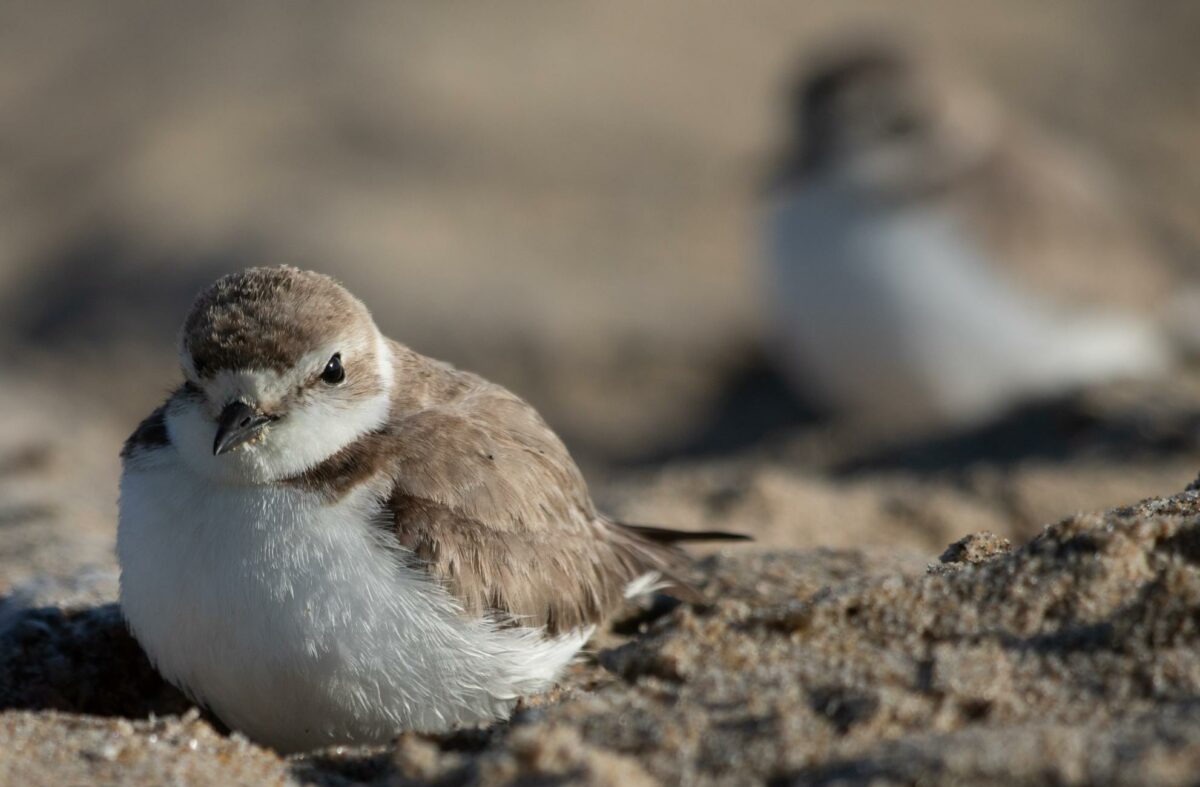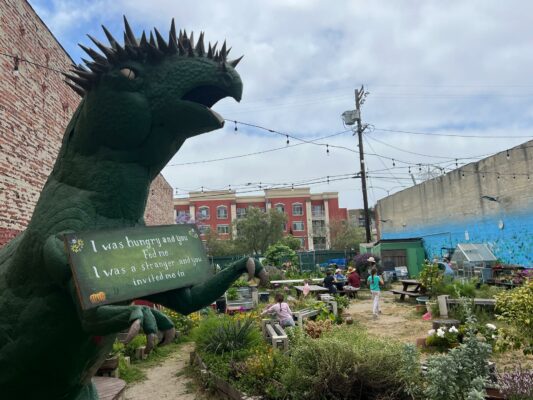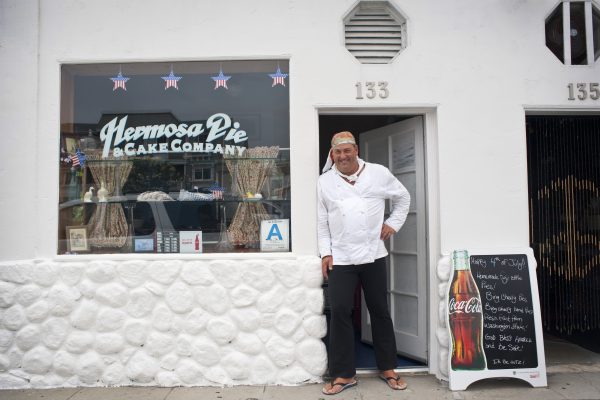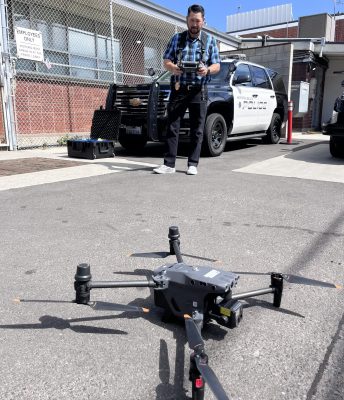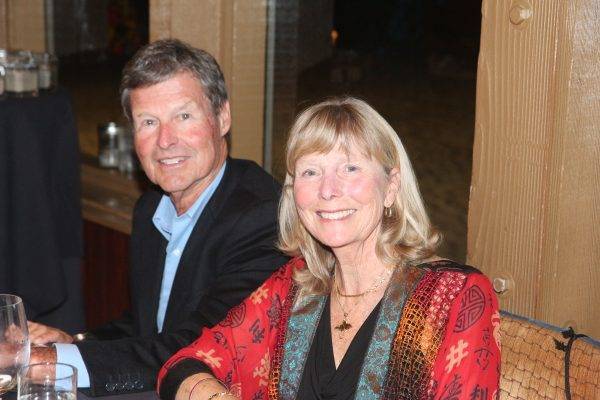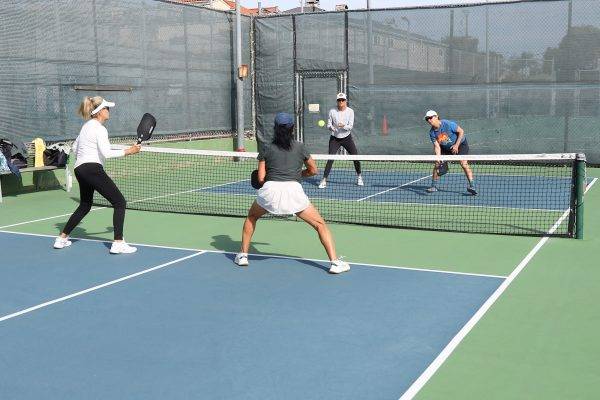“Snowys” winter along our beaches are usually found in depressions, the “wrack,” or high tide line. So, watch your step
by Bob Shanman
California is the “birdiest” state in the nation. Currently, 709 species have been recorded here. It also has the two birdiest counties in North America. Los Angeles has 544 species and San Diego 542.
The reason is geography.
In 1977, my Birds of California instructor (UCLA Extension), Arnold Small, noted that California is the third largest state. It is about 800 miles north to south, and over 250 miles wide. It covers 11.5 degrees of latitude. But the key factor, Arnold pointed out, is the lowest and highest elevations in the lower 48 states are in California, from Bad Water in Death Valley (-282 ft) to the top of Mt. Whitney (14,505 ft). So all the habitat zones found in the continental U.S. are found in California. Add to this that the Pacific Flyway, one of the north-south migratory pathways used by birds, crosses through California. Add to this that the range of birds includes the largest and smallest flying birds in North America (the California Condor and the Calliope Hummingbird), with 705 species in between. Included in this range are two of the smallest shorebirds. The Least Sandpiper is found on rocky shorelines (Ballona Creek Channel, King Harbor breakwater) and is the smallest sandpiper in the world. This month’s bird, the Snowy Plover, is the smallest plover in North America, and can be found in the winter along our beaches.
Most readers are familiar with plovers from the nature programs on television. Often, a bird sitting on a “nest” on the ground will be shown. When it is disturbed, it will pop off the nest, running away faking a broken wing. If whatever disturbed it follows, it will get far enough away from the nest and then take off flying screaming like it is injured. When the predator leaves, it will return to continue incubating the eggs.
The plovers we see locally are plump birds with a round head and dark, oversized eyes. The most common is the Killdeer, medium-sized, with two black stripes across its chest. It can be seen on rocky shores, sandy beaches, and school athletic fields, often calling out “Kill, kill, killdeer.”
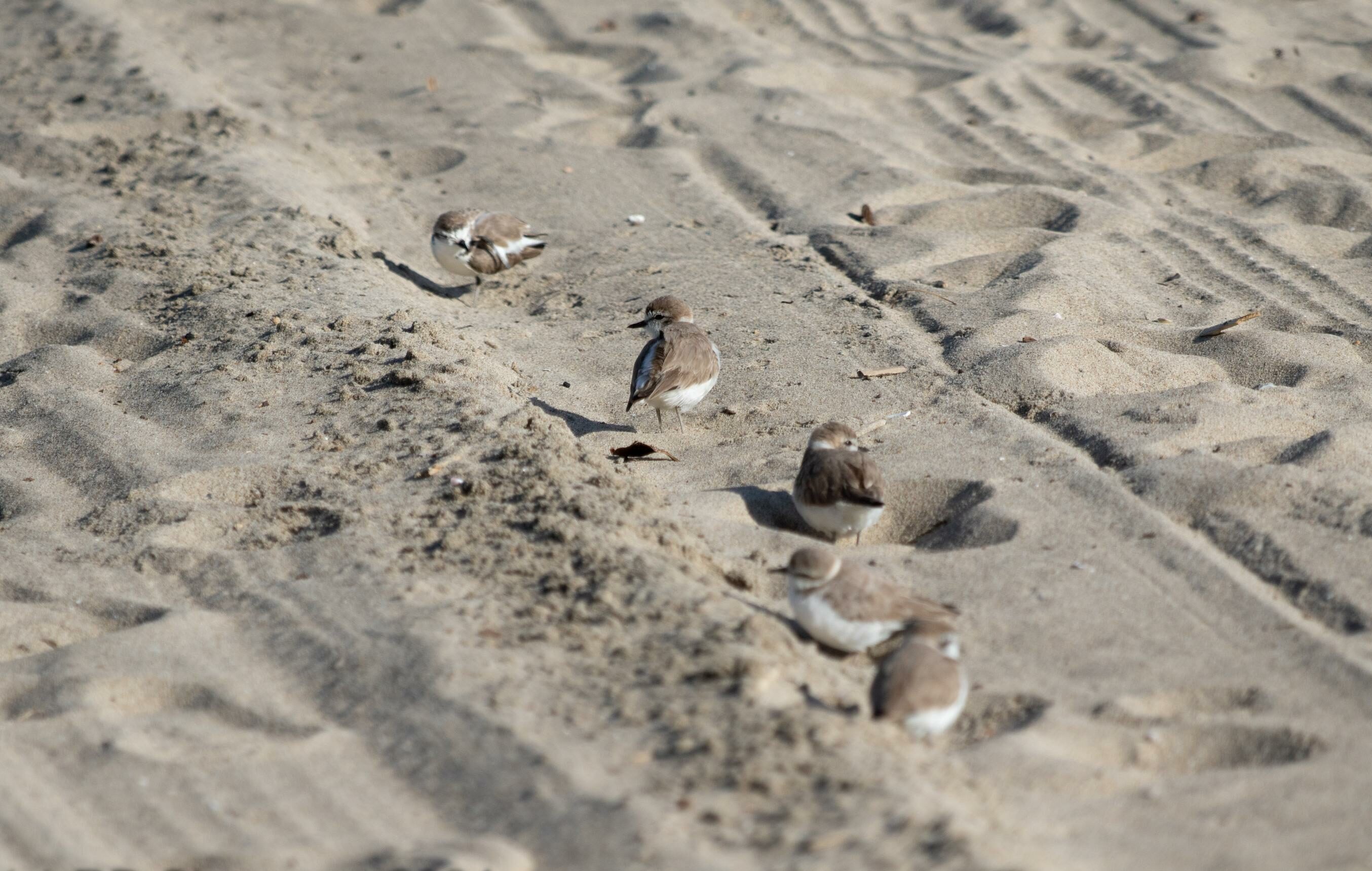
A smaller plover is the Semipalmated Plover, about one-third the size of the Killdeer. In breeding plumage, it has one black band across the chest. It has partially webbed feet, hence its name. It can be seen feeding on mudflats, and inner beach areas. I usually find them on the mudflats, in the saltwater marsh at Ballona. The smallest, and least common of our local plovers is the Snowy.
Snowy Plovers are small. From the tip of the bill to the end of the tail, they are about 6 inches long. They weigh about one to two ounces. Like many migrating shorebirds, they have a big wingspan for their size (13 inches to 17 inches). They have a partial neck band and a horizontal black crown stripe above their white forehead.
“Snowys” winter along our beaches in small flocks and are usually found along the “wrack,” or high high tide line. They nestle down in small depressions in the blowing sand, tire tracks, behind storm-tossed debris and in footsteps. They are very hard to see. While they tend to stay near the wrack line, they can be found across the beach from the wrack line to the bicycle path. Watch your step. Locally they are found most often north of the Hermosa Beach pier.
By early May, the Snowys have migrated off the beach to their nesting sites. They should start returning in August and be most abundant through January. Some groups nest on California beaches, but most will go inland to nest on alkaline lake beds, freshwater lakes and occasionally riverbanks. Preferred nesting habitats occur in locations such as Mono Lake, the Salton Sea and the Great Salt Lake. Their nests are typically scrapes in the sand or depressions in dried mud, lined with pebbles, shells, fish bones, and vegetation. The average clutch size is three eggs, and incubation, shared by both parents, takes about 27 days. The chicks hatch precocial (covered in down). They are feeding on their own almost upon hatching with the parents providing protection. The chicks are ready to fly in about 30 days.
Snowy Plovers are considered a Near-Threatened species, mainly due to loss of suitable breeding habitat and disturbance, especially by humans. To learn more about Snowy Plovers, I encourage you to google “All about birds Snowy Plover” (without the quotes). Many articles will come up that provide more information on this tiny, adorable little bird.
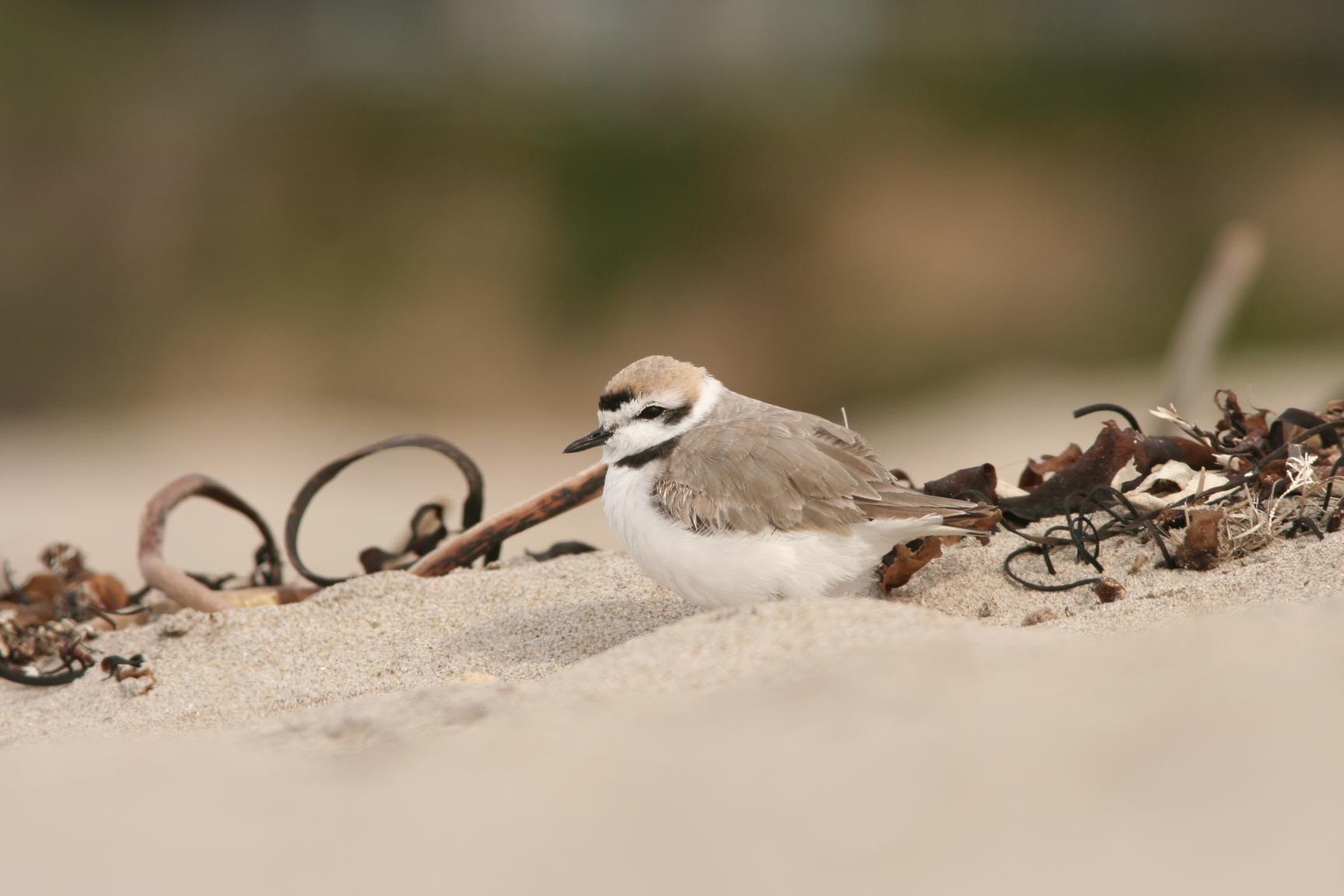
Heermann’s back
In an earlier article, I wrote about Heermann’s Gulls. On May 22 I did the Snowy Plover beach survey, between the Hermosa and Manhattan piers. There were 37 Heermann’s Gulls along the walk. Thirty-six were young birds from last year, just starting to molt into their second-year plumage. The 37th bird was a full adult, presumably an early migrant. The adults will be returning by the time you read this, and by August, the all-dark (chocolate brown) youngsters will be arriving on our beaches.
Homes for injured birds
Who do you contact if you find a sick or injured bird along the beach (except crows)? Water-related birds should be taken to International Bird Rescue in San Pedro. They are just north of Angels Gate High School, and across the parking lot from the Marine Mammal Care Center. The bird should be put in an appropriate-sized box with a lid and taken directly to them. Note where the bird was picked up. The address is 3601 Gaffey St. The phone is (310) 514-2573 (514-BIRD). Donations gladly accepted.
For other injured birds, please contact South Bay Wildlife Rehab and Education at (310) 428-7600. If you can, take a photo of the bird, text it to this number, and then call to get guidance. (Truth in advertising: I am now on the Board of Directors for this organization.) Please do not call the old -9921 number. Again, donations gladly accepted. They can be mailed to SBWRE, PO Box 852, Manhattan Beach, CA 90267-0852.
Both organizations are non-profits, so all donations should be tax-deductible.
Next month: More about migration, and early “fall” migrants along our coast.
Good birding, be safe, and watch out for those little Snowy Plover puffballs on the beach. ER

